Damascus, the capital of Syria, is a timeless city full of life and vibrancy.
This historical city was established between 10,000 to 8,000 BC and is credited with being the oldest continuously inhabited city in the world.
Throughout history, Damascus has been home to various Empires and Caliphates, which have all put their mark in the city.
Today, the city remains bathed in history, particularly in the Old City.
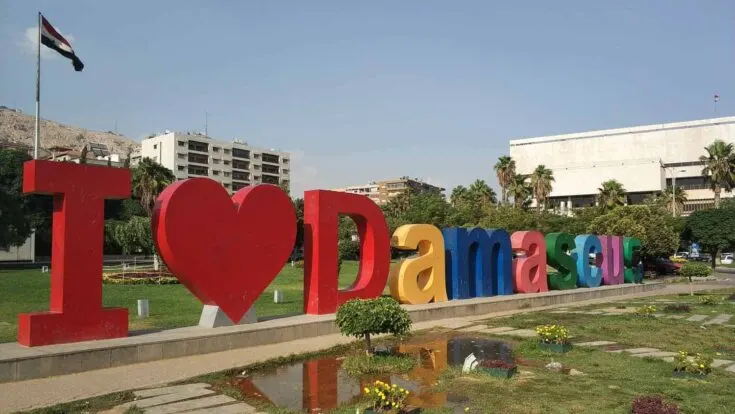
Damascus is home to many of Syria’s historical landmarks. Most tourists gravitate towards the many mosques, churches, and the bustling markets locally called Souqs.
A trip to this city is incomplete without a visit to the magnificent Umayyad Mosque, one of the biggest in the world.
However, there is plenty more to see and do in this historically significant destination.
In this article, we will highlight the best things to do in Damascus so that you can plan ahead and make the most out of your trip.
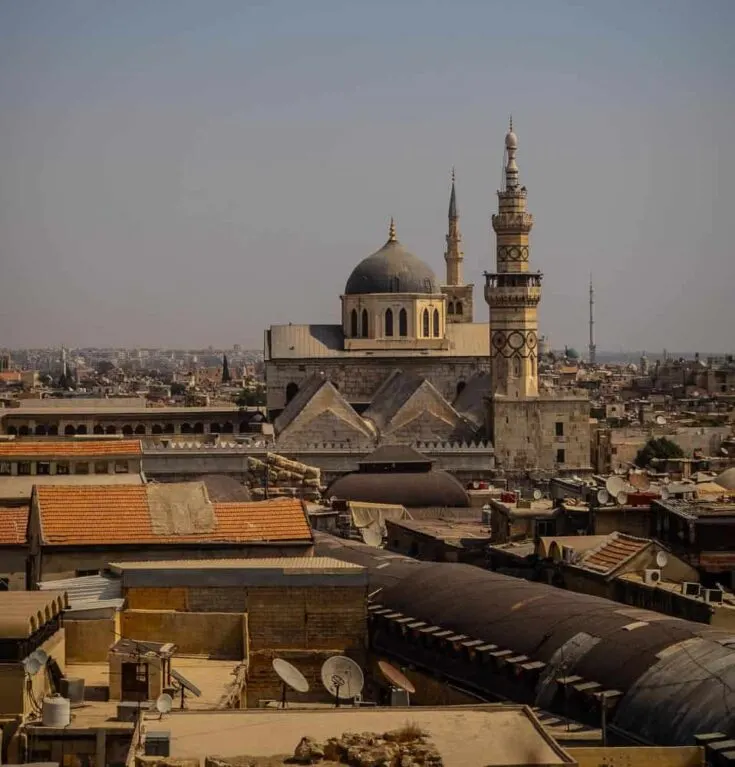
What to Do in Damascus | Explore the Capital of Syria
If you were wondering what to see in Syria, Damascus has plenty to offer.
Much of the Damascus historical sites are located in the Old City, also known as Bab Tuma.
This is the same name as one of the seven old gates found in this part of the city.
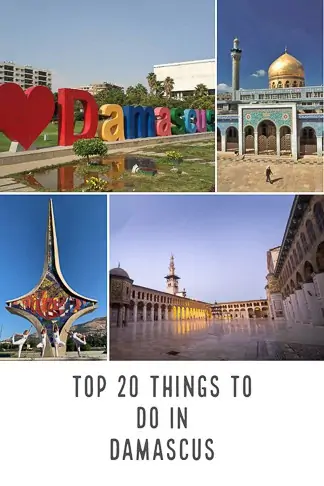
Damascus’s Old City is a maze of historical streets, all full of relics from various periods in the city’s history.
It is divided into four different quarters, the Christian Quarter, the Muslim Quarter, the Shi´s quarter, and the Jewish Quarter – all of which live in harmony together.
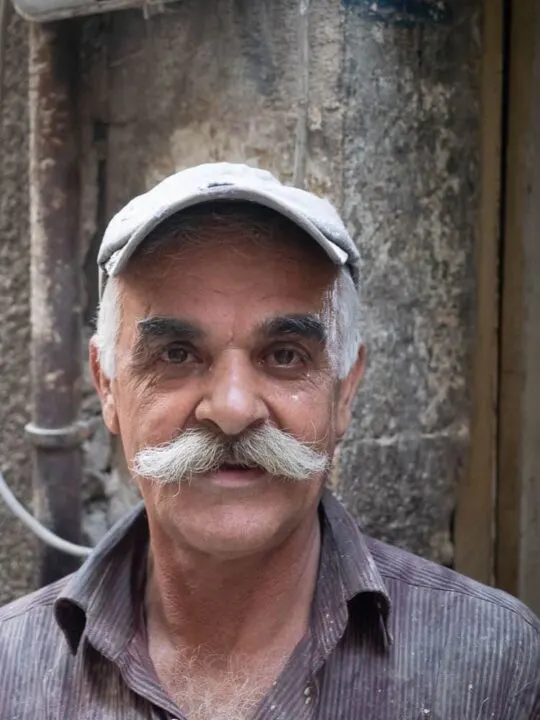
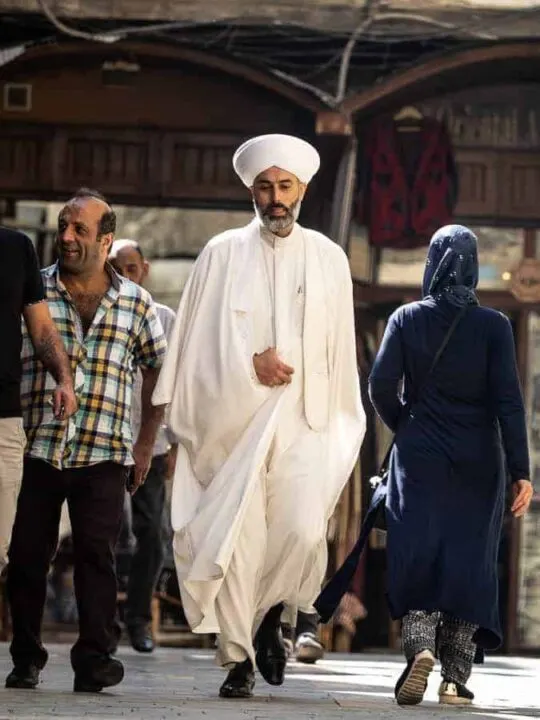
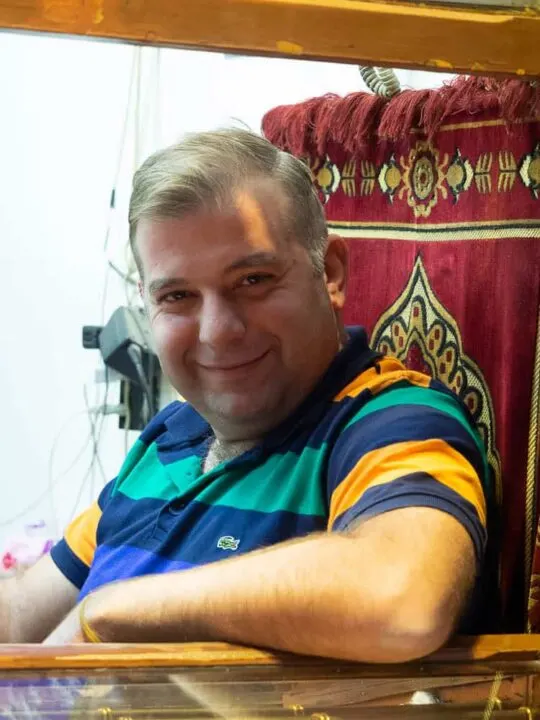
In and around the Old City, there are plenty of things to do. Damascus has always been one of the most liberal cities in the whole of the Middle East, and the city is still a very liberal city even to this day.
To follow, we will detail the best Damascus attractions that you should visit.
If you want to know more about travelling in Syria in 2021, check out our complete Syria travel guide.
Or contact Ayoub from Marrota Travel directly on; email: [email protected] +963954840021 WhatsApp.
Top Things To Do In Damascus
20. Watch a performance at the National Opera House
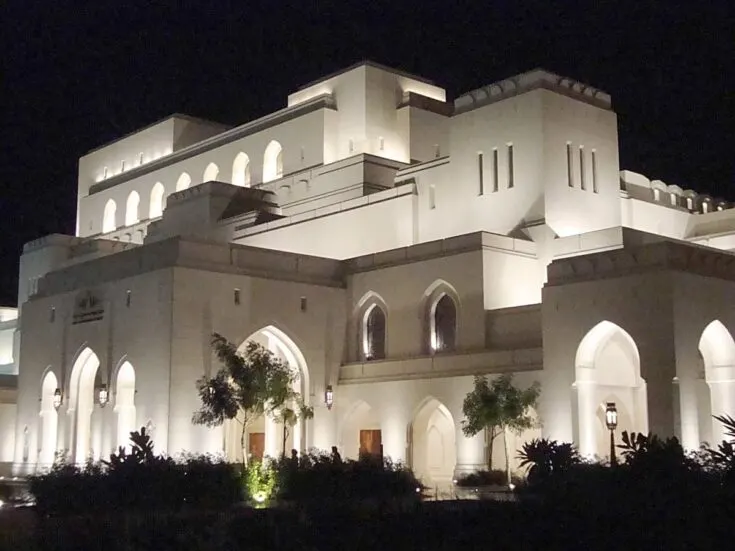
Located in central Damascus, on the Umayyad Square, is the national opera house of Syria. This charming venue has a deep history, dating back to the 1900s.
During the French colonial period, in 1925, the Shahbandar’s People’s Party held their inaugural meeting at the old Damascus Opera House.
Hafez al-Assad planned the opera house early in his rule, but work did not recommence until the 2000s and Assad’s son Bashar and his wife opened Al Assad the opera house in 2004.
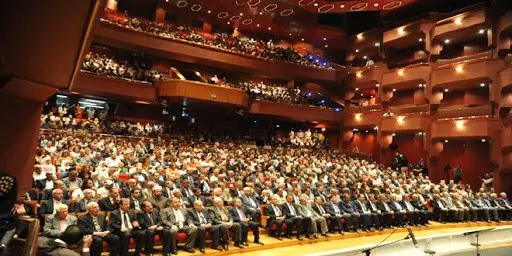
The new Damascus opera house is a five-level building that includes an opera theatre, a drama theatre and a multipurpose hall.
Since its opening, it has been a popular venue for many theatrical performances, film shows, and concerts.
It is also the main venue of the Syrian National Symphony Orchestra, who have made frequent contributions to the music scene in Syria’s capital.
19. Have a Drink on Straight Street
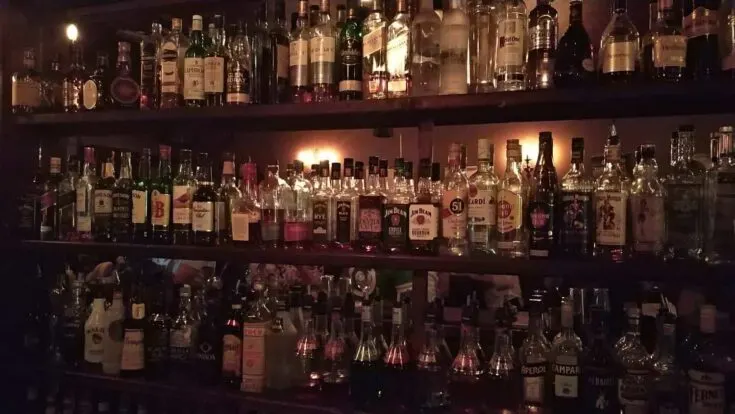
Straight Street (or in Latin, Via Recta) is the Roman street that runs from east to west in the old city of Damascus.
It was visited by St. Paul as recorded in the book of Acts and contains several interesting sights from the Roman, Christian, and Islamic periods.
Under the Greeks, the old city of Damascus was designed after the grid pattern designed by Hippodamus. Under Roman rule, the Via Recta was widened and became a collonaded thoroughfare.
These columns can still be seen today.
Entering the city from the east through the Bab Sharqi, one can still see the remains of a double colonnade that used to line the entire length of the street.
In Roman times, Straight Street was 26 meters wide and 1,570 meters long, lined on both sides with covered porticos containing shops.
The present road follows the same line, starting at Bab Sharqi in the East, crossing the whole width of the ancient city of Damascus, and coming out at the end of Suq Madhat Pasha, 20 meters to the North of Bab Jabyeh on the western side.
The present road is narrower than the ancient one and about 4 meters above its original level.
Almost 700 meters to the west of Bab Sharqi is a Roman monumental arch that was excavated and rebuilt in 1947 by the Syrian Department of Antiquities.
It is here that the intersection of Straight Street and the north-south Cardo Maximus has been located.
On the right-hand side in ancient times stood a Byzantine church dedicated to the Virgin Mary and called Mariamyeh.
Today, on the same site, stands a church that serves as the Seat of the Greek-Orthodox Patriarchate.
The eastern section of the street from the Bab Sharqi gate to the monumental arch is called Sharee al Mustaqueem, which is the Arabic word for ‘straight’, but it is also known as the Suq et-Tawil, which means ‘the large market’.
After the arch and all the way to the western end, the street is called Suq Madhat Pasha and is lined with shops selling textiles, cotton, domestic articles, spices, imported objects and other interesting items. It forms a part of the large commercial complex of Suq el Hamidyeh.
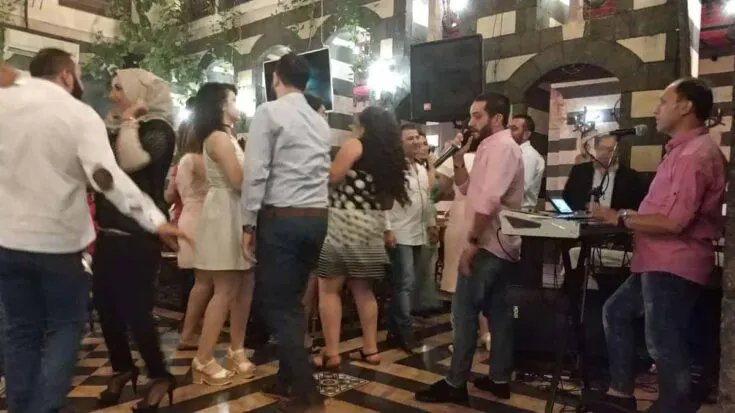
About 450 metres from the western entrance of Madhat Pasha Street, in a stretch covered with a large metal dome, is a small mosque with a balcony in the form of a pulpit that serves as a minaret, called Jakmak or Sheikh Nabhan Mosque.
It is here that the Christian tradition locates the house of Judas, the place where Saul remained for three days without eating or drinking and was baptized at the hands of Ananias (Acts 9:9).
The Christians of Damascus say the mosque was built over the ruins of an ancient church that commemorated the episode narrated in the Acts of Apostles.
Today, the nearby Chapel of Ananias commemorates the event.
At the west end of Straight Street is the Arab Gate of the Water Trough, Bab al-Jabiye. This is where the Roman Temple of Jupiter once stood.
The Mosque of Hisham (built-in 1427), with a fine stalactite design, is a bit further on. It is believed that the theater built by Herod the Great in the 1st century BC was in this area.
18. Visit The Old Jewish Quarter
The Jewish Quarter is located inside the walls of the Old City. Syrian Jews derive their origin from two groups: those who inhabited Syria from early times and the Sephardim who fled to Syria after the expulsion of the Jews from Spain (1492 AD).
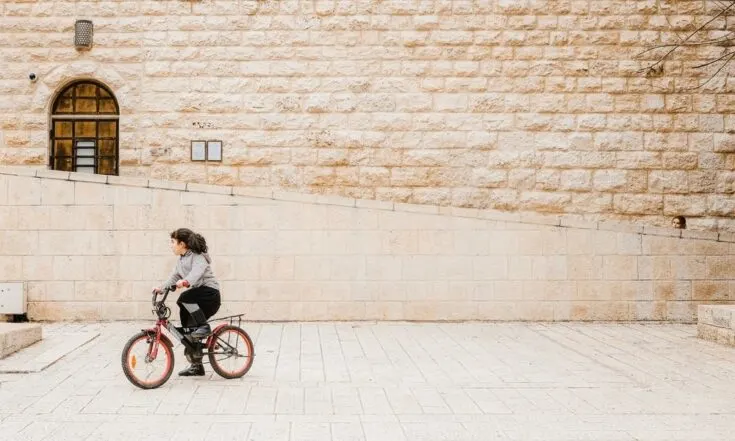
There were large communities in Aleppo, Damascus, and Qamishli for centuries. In the early 20th century, a large percentage of Syrian Jews immigrated to Israel, the U.S., and Latin America.
The largest Syrian-Jewish community is located in Israel and is estimated to be around 80,000.
Following the Syrian Civil War and the rise of ISIL, the majority of the remaining Jews of Syria have fled.
As of November 2019, less than 10 Syrian Jews remain in the old city of Damascus. But the Synagogue is still open.
17. Visit The Historical Hejaz Railway Station
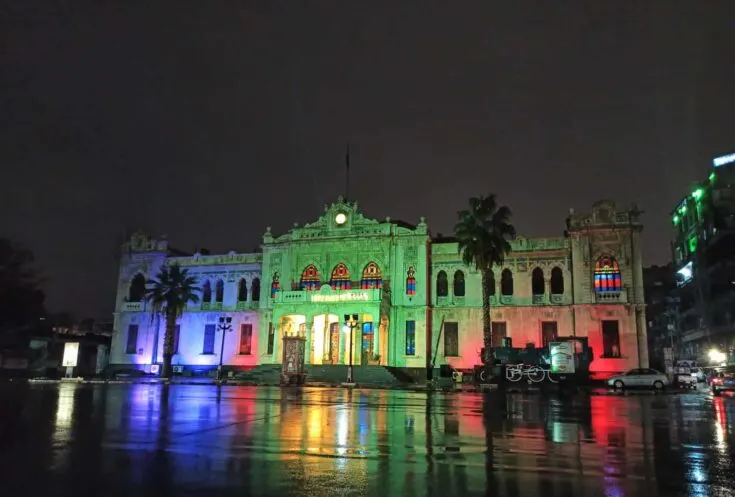
The Hejaz Railway was a narrow-gauge railway that ran from Damascus to Medina, through the Hejaz region of Saudi Arabia, with a branch line to Haifa on the Mediterranean Sea.
It was a part of the Ottoman railway network and was built to extend the line from the Haydarpaşa Terminal in Istanbul through Damascus to the holy city of Mecca.
It got no further than Medina, 400km short of Mecca, due to the interruption of the construction works caused by the outbreak of World War I.
The main purpose of the railway was to establish a connection between Constantinople, the capital of the Ottoman Empire and the seat of the Islamic Caliphate, and Hejaz in Arabia, the site of the holiest shrines of Islam and the holy city of Mecca, the destination of the Hajj annual pilgrimage.
Another important reason was to improve the economic and political integration of the distant Arabian provinces into the Ottoman state and to facilitate the transportation of military forces.
The railway is remarkable both for having had no debt when completed and for having many miles of track below sea level.
16. Take a Bath at Hammam Nur al-Din
Hammam Nur al-Din is one of the oldest bathhouses in Damascus. It is very well conserved and still in regular use today.
The hammam is one of Nur al-Din’s major constructions, along with the madrasa and the hospital or bimaristan, located nearby.
The hammam is situated inside Bzuriyyeh Suq amidst a row of shops selling spices and sweets; its entry, therefore, is totally engulfed within the business of the suq.
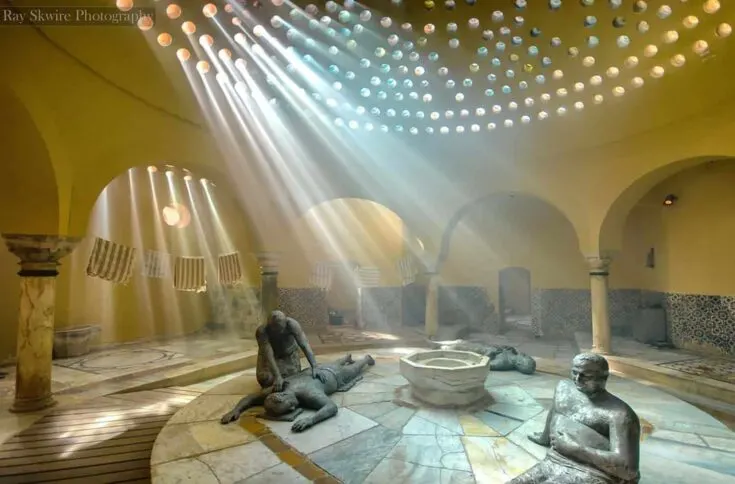
The large domed chamber immediately inside the entrance is the changing and lounging area, known as the mashlah. It is unusually grand and dates from the Ottoman period. It has six iwans in axial symmetry and an octagonal pool in the middle.
Given that this is the only area within the hammam devoid of steam, wooden furniture and accessories appear here, often replaced in line with the fashions of the day.
It is here that bathers remove their clothes, and there are little niches beneath the stone benches, or mastabas, to leave outdoor shoes and don bathhouse slippers. The bathing halls are still the original Nuri construction.
Furthest from the entrance is where the bathing experience begins, starting with the cold-water chambers, known as barrani or ‘exterior areas’; these are composed of three sequential square rooms with octagonal interiors and domed roofs of varying sizes.
The middle room is larger than the front and back rooms, and it contains the passageway to the warm-water chambers, known as wustani, or the middle area. The architectural style and layout of the hammam underline the centrality of the wustani, which is of large octagonal shape and capped by a gored dome resting on a drum of 16 inches.
The interior of the wustani is perfectly symmetrical. Small ledge-like annexations with pointed-arch entries, known as Maqsuras, open up on its four diagonal sides and offer bathers some seclusion.
Passageways on the front and back sides lead to the hot and cold areas, respectively, while the right and left sides are attached with trapezoidal corridors that open up to two more rooms of rectangular shape, each surmounted by two small octagonal domes.
These rooms are usually used for facilities like massage and depilation.
Finally, there is the hot-water chamber known as juwwani or the ‘interior area’, which is a wide and barrel-vaulted oblong space with curved sides.
Steam enters the room through a side vent linked to the furnace, or Bayt al-nar.
This is the hottest room where bathers would rest on stone benches and really sweat it out in order to deep-cleanse their skin.
The luxury of regular access to, and indulgence in water, continues to be considered heaven on earth, the usual greeting upon finishing a trip to the bath is “Na’iman”, referring to heavenly bliss.
15. Damascene Sword Monument / Damascus Sword
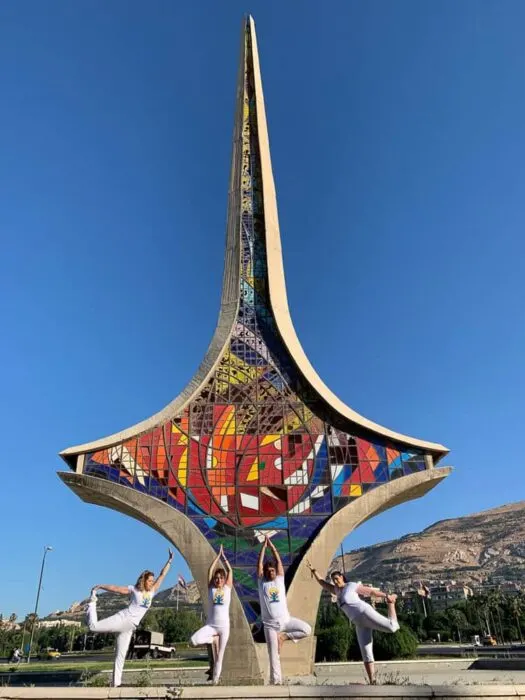
The towering Damascene Sword Monument positioned in the middle of the Umayyad Square was associated with the Damascus International Fair as a historical witness and a visual identity rooted in the memory of the Syrians, symbolizing the power and glory of Syria’s civilization.
The Monument was set up in the early sixties of the twentieth century and coincided with the seventh Damascus International Fair and has been known since it was constructed as a platform for the flags of the countries participating in the Fair where it consists of two fronts facing the courtyard of the Umayyad Square from the west, while the eastern front faces the gate of the Fair’s old place.
Monument, with the flags of the participant countries changing each year according to the participation.
Plastic panels were placed inside The Monument was considered a compass for visitors and tourists, while the people of Damascus called it the “Fair’s Column” because of its vicinity to the Damascus International Fair.
For years, the Damascene Sword has been featured on numerous publications, posters and special stamps related to the Fair.
14. Visit The October War Panorama
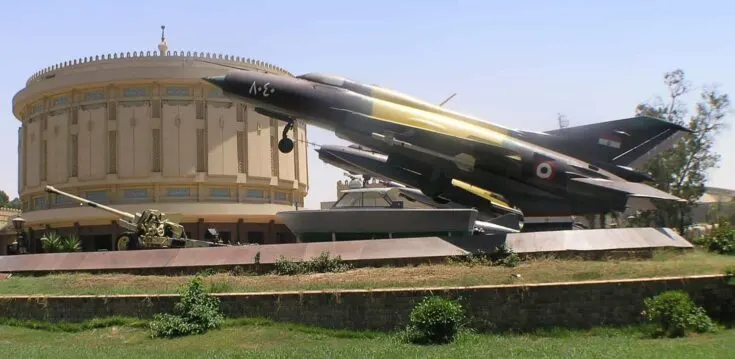
The October War Panorama Museum in Damascus commemorates the 1973 October War between Israel, Egypt, and Syria from a decidedly Syrian perspective.
The external grounds of the museum feature Russian-built tanks and jets used by Syria during the war, as well as captured Israeli weapons with placards highlighting that the weapons are “Made in the U.S.A.”
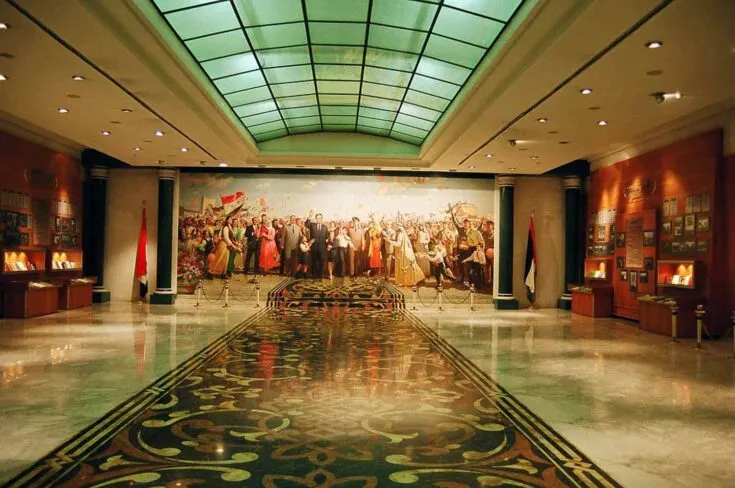
The Museum and its exhibits were built in collaboration with North Korea, which is evident from the socialist-realist concrete friezes near the Museum’s entrance, as well as the painted portrait of former Syrian President Hafez al-Asad hand-in-hand with former North Korean Leader Kim il-Sung featured in the main gallery.
The gallery is full of Asad family portraits, but its true gem is the wall-sized North Korean-painted mural depicting Hafez al-Asad in populist ecstasy as he is thronged by his people.
The main event of the Museum is the 3D panorama depicting the October War battle for Quneitra in the Golan Heights.
While sitting on a rotating platform, visitors are submerged in the battle with pre-recorded Arabic narration from speakers.
13. Visit Sayyidah Zaynab Shrine
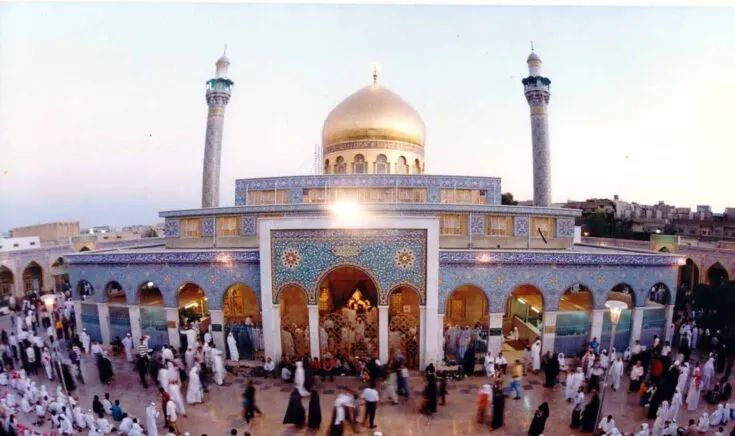
This Exquisite Blue Tiled Mosque houses the remains of Sayyidah Zaynab in a shrine adorned with crystal. It is a vitally important pilgrimage site for Shia Muslims who come to pay mournful respect to her remains.
The Shrine of Lady Zaynab was built to honour the granddaughter of the Prophet Muhammad and is believed by some to contain her remains. In 680 BCE, Lady Zaynab was captured and taken prisoner following the massacre at Karbala, one of the defining tragedies of the Shia religious tradition.
While captive, she saved the life of her nephew, Ali, by throwing herself over his body and declaring they would have to kill her as well. Her bravery preserved the line of succession, ensuring the future of Shiism.
As such, her shrine is one of the most important and emotional historical sites in Damascus, Syria, for Shia Muslims.
The shrine itself is hidden in a maze of shops, hotels, and restaurants in southeast Damascus. Finding the mosque is a challenge that requires following crowds of black-robed Iranian pilgrims and the occasional glimpse of the towering blue minaret.
The entrance gate opens onto a polished outer courtyard that is dominated by the shrine at its centre, and the entire edifice is adorned with intricate blue-tiled mosaics of symbolic flowers, geometric shapes, and Arabic script. The dome atop the shrine is made of pure gold, as are the ceremonial doors.
The courtyard is filled with grief-ridden men and women marching in circles, chanting prayers in Farsi and Arabic.
The shrine itself is a small but exquisite display of mirrors, crystal, and gold ornamentation. However, it is not a beautiful decoration that immediately captures a visitor’s attention.
The atmosphere inside is one of open emotion rather than silent reverence. It is filled with the wailing cries and profuse tears of pilgrims who have come to pay respect to Lady Zaynab’s remains.
Women tear at their clothes, beat their chests, and collapse to the ground. It is a display of passionate mourning, and the pilgrims mourn her death as they would a beloved daughter.
A visit to the Shrine of Lady Zaynab will leave visitors of any faith overwhelmed, both by the beautiful architecture and the moving power of belief.
12. Visit the Mausoleum of Salah al-Din
One of the most popular places to visit in Damascus is Salah al-Din’s (Saladin’s) tomb, which is located next to the northwestern corner of the Great Umayyad Mosque.
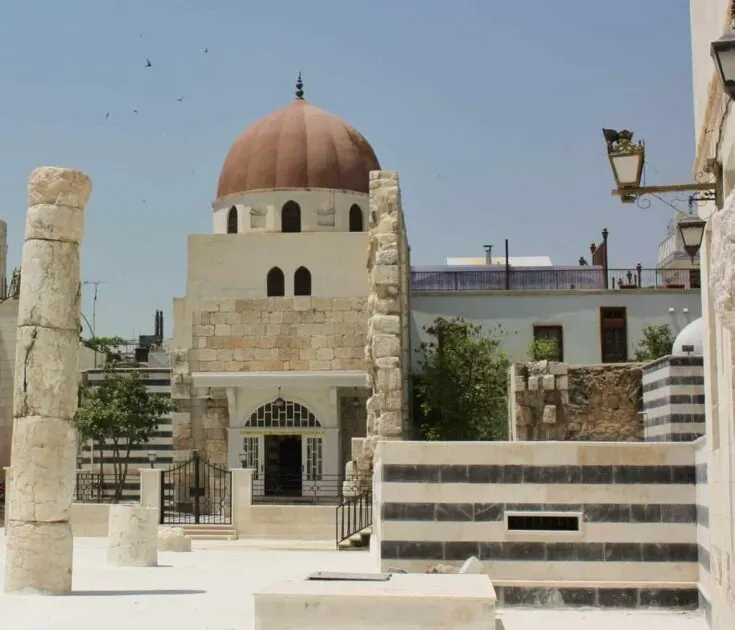
Although Saladin died in AH 589 / AD 1193, he was initially interred at the Damascus Citadel until his son al-Malik al-Afdal Nur al-Din ‘Ali, ruler of Damascus, completed the construction of the mausoleum.
Saladin’s body was transferred to its final resting place on the holy day of ‘Ashura in AH 592 (AD 1195). Soon afterwards, Salah al-Din’s other son, al-Malik al-Aziz ‘Uthman (‘Uthman II), ruler of Egypt, decided to construct a madrasa attached to his father’s tomb. Thus it is also known as al-Madrasa al-‘Aziziyya.
The events surrounding the death and burial of Saladin are clearly recorded in the historical sources, based on the eyewitness account of Imad al-Din al-Isfahani (d. AH 597 / AD 1201), who was Saladin’s confidant and administrative genius.
The construction of the tomb is typically Damascene: a square chamber with black walls and four arches capped by a cupola. The movement from a square room to a circular dome is achieved by a transitional drum in two zones: octagonal and 16-sided polygonal.
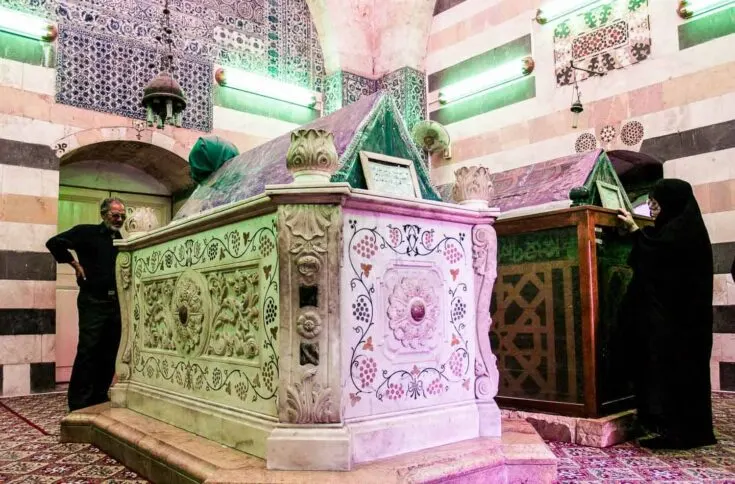
The interior of the tomb chamber is mounted with blue and green Ottoman tiles of the AH 11th / AD 17th century known as Qashani.
More subtle decoration can be seen in the stone-paste floral and geometric designs above the arches.
In the middle of this domed chamber lie two coffins.
The white marble coffin was a gift from the German Emperor William II on the occasion of his visit to Damascus in 1903.
Next to it is the original wooden cenotaph, a masterpiece of the linear interplay typical of Ayyubid woodworking.
It is decorated with geometric and astral patterns as well as floral and vegetal motifs.
11. Try Bakdash
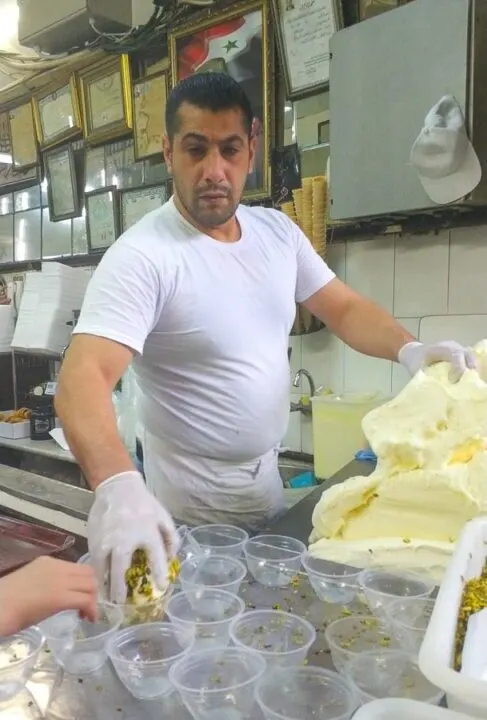
One of the trendiest Damascus things to do is to try Bakdash at the oldest and by far the most famous, Ice cream parlour in the whole of the Middle East.
Established back in 1895 and has been running for 125 years now inside Al-Hamidiyah Souq.
Famous for the Booza, a pistachio-covered ice cream with an elastic texture made of mastic and sahlab.
It’s absolutely amazing and a must-try.
10. Visit Damascus Citadel
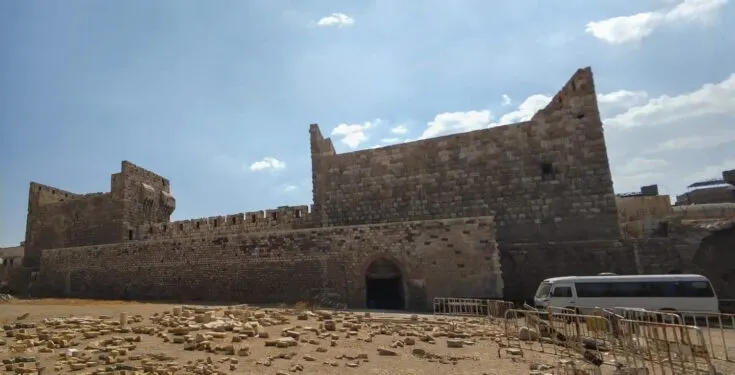
Located at the northwest corner of the old walled city, the Citadel has always been an important Damascus tourist attraction.
Despite being damaged several times due to the war and other historical events, the Citadel has been renovated and restored and stands proudly as a major landmark of Damascus.
Unlike other medieval Arabic castles built on major hilltops, the Citadel was built on flat ground at the same level as the rest of the city.
Located at the bank of the Barada river, the beautiful building houses 12 towers connected by curtain walls that have vaulted galleries.
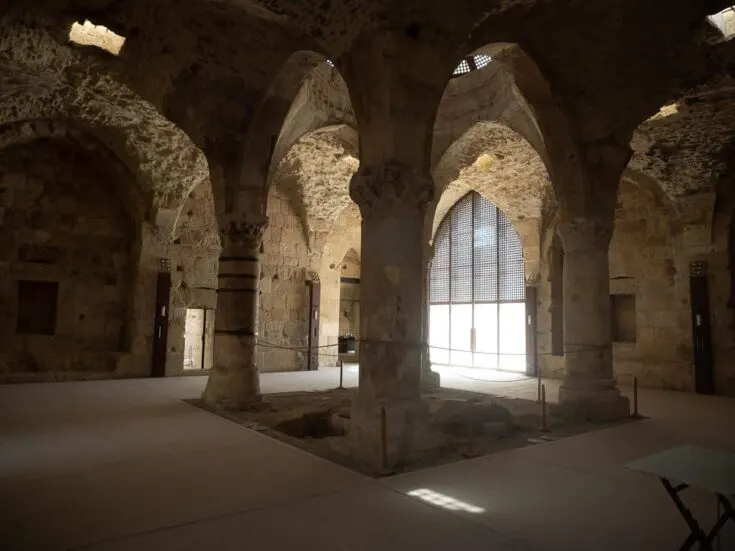
The Damascus Citadel has three gates, located on the north, east and west sides.
Marvel at the old world charm and ancient tone of the Citadel; it is a must-visit when you are in Damascus.
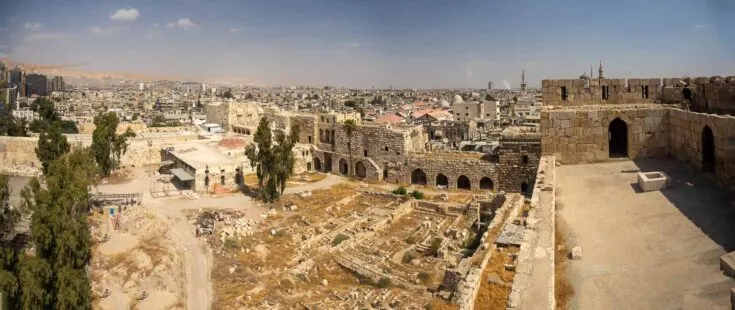
9. Walk around Takiyya Suleimaniah Souq
Walk through the Takiyya Suleimaniah Souq and experience the true aroma of the city. This is one of the hidden gems of Damascus and one of the best shopping areas you must visit.
Explore the colourful display of handicrafts, wooden and ceramic boxes, glass and silverware and numerous other goods for sale.
The shopkeepers are very friendly. You can even bargain and bring the prices down. Visit the Takiyya Suleimaniah Souq for a great shopping experience.
There are also many restaurants you can eat from after a hectic day of touring the city.
The beautiful Takiyya al-Sulaymaniyya, located on the banks of the Barada River, was built between 1554 and 1560. The complex has a large mosque, a kitchen across the courtyard, a madrasa, and a souk adjacent to it.
It is of great historical value and is considered one of the best examples of Ottoman architecture.
The courtyards are beautifully landscaped with trees and have a central pool.
The wide portico and massive prayer hall are not to be missed. After touring the mosque.
8. Enjoy the view Over Damascus from Mount Qasioun
It is no secret that Mount Qasioun is one of the top Damascus, Syria historical sites. It is 1,151 meters high and has many restaurants offering great food and a fantastic view of the beautiful city.
Going up the mountain requires a bit of a hike, but the experience is worth it.
The mountain houses the endemic species of iris, which can be found on the steep eastern slopes. Visiting the mountain during the night is a different experience.
The city lights are breathtaking and look like a million stars twinkling in the galaxy.
7. Walk Through Bab Sharqi
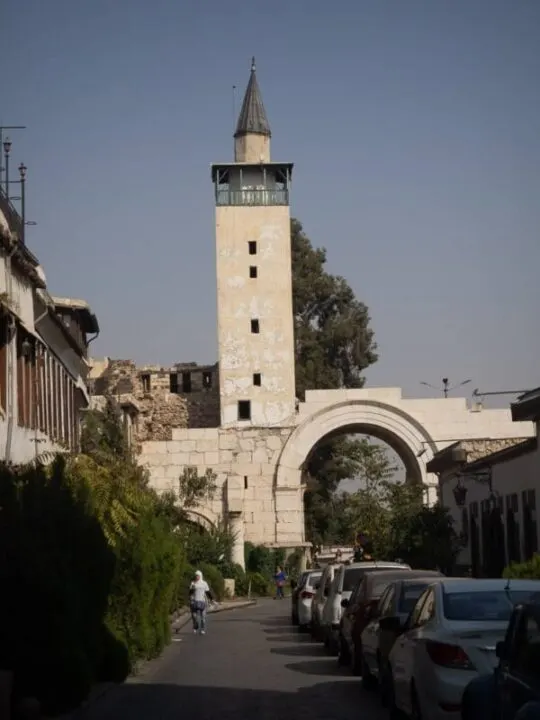
Bab Sharqi, also known as the Gate of the Sun, is one of the seven ancient city gates of Damascus, Syria. Its modern name comes from its location on the eastern side of the city.
The gate also gives its name to the Christian quarter surrounding it.
The grand facade of the gate was reconstructed in the 1960s. In addition to being the only original Roman gate still standing, Bab Sharqi is also the only gate of the eight gates of the Ancient City of Damascus to preserve its original form as a triple passageway, with the large central passageway for caravans and wheel traffic and the two smaller ones flanking the large one for pedestrians.
6. Visit As’ad Pasha Caravanserai
As’ad Pasha Caravanserai is the largest Caravanserai in the Old City of Damascus, covering an area of 2,500 square metres. Situated along Al-Buzuriyah Souq, it was built and named after As’ad Pasha al-Azm, the governor of Damascus, in 1751-52.
Khan As’ad Pasha has been described as one of the finest khans of Damascus and the most “ambitious” work of architecture in the city.
Throughout the Ottoman era, it hosted caravans coming from Baghdad, Mosul, Aleppo, Beirut and elsewhere in the Middle East.
5. Visit the National Museum of Damascus
The National Museum of Damascus is a museum in the heart of Damascus; As the country’s National Museum as well as its largest Museum in Syria, this Museum covers the entire range of Syrian history over a span of over 11 millennia.
The National Museum of Damascus displays various important artefacts, relics and major finds, most notably from Mari, Ebla and Ugarit, three of Syria’s most important ancient archaeological sites.
The Museum was established in 1919, during King Faisal’s Arab Kingdom of Syria; the Museum is the oldest cultural heritage institution in Syria.
Among the Museum’s highlights are the Dura-Europos Synagogue, a reconstructed synagogue dated to 245 AD, which was moved piece by piece to Damascus in the 1930s, and is noted for its vibrant and well-preserved wall paintings and frescoes, as well as sculptures and textiles from central Palmyra.
The Damascus museum provides an irreplaceable panorama of Syria’s history.
Due to the civil war that has raged across the country since 2011, many valuable displays were moved into the cavernous underground storage space for safe-keeping.
The Museum is surrounded by a beautiful garden that displays many important historical statues and decorative stones that have been renovated.
The Damascus museum showcases the rich culture and history of the ancient eras that ruled the country.
4. Visit Azem Palace in Damascus City
Azem Palace is a palace in Damascus, Syria, which dates back to the 18th century.
Located north of Al-Buzuriyah Souq in the Ancient City of Damascus, the palace was built in 1749 and was the private residence for As’ad Pasha al-Azm, the governor of Damascus, and during the French Mandate for Syria and Lebanon, it housed the French Institute.
After being purchased by the Syrian government from the Al-Azm family and undergoing several reconstruction works, the palace now houses the Museum of Arts and Popular Traditions.
Al Azem Palace is a true example of the most extravagant lifestyle and culture of Damascus. The palace is divided into two sections: the Haramlik and the Salamlik.
Haramlik is the family wing that is a private space that includes kitchens and baths. Salamlik, reserved for the outside guests, contains formal halls, beautiful reception areas and courtyards for entertainment.
Marvel at the traditional Damascene black designs of alternating stripes of black and white stone on the outside.
Explore the elaborate wooden panelling on the walls and ceilings inside.
Spend some time in the central courtyards featuring fountains and relax under the trees and overhanging vines.
3. Visit the House of Saint Ananias
Saint Ananias: Ancient Greek: “favoured of the LORD”, was a disciple of Jesus at Damascus mentioned in the Acts of the Apostles in the Bible, which describes how he was sent by Jesus to restore the sight of “Saul, of Tarsus”, known later as Paul the Apostle, and provide him with additional instruction in the way of the Lord.
Saint Ananias was from Damascus; with divine revelation, he was commanded to baptize the Apostle Paul (Acts 9: 10-17).
He completed the course of martyrdom when he was stoned to death during the proconsulation of Lucian.
One of the oldest chapels in the world, St Ananias Chapel, dates back to the Early Christian period.
Allegedly, this was the home of Saint Ananias, who, A church near the chapel, was found in 1921 during an archaeological excavation.
2. Go Shopping at The Al-Hamidiyah Souq
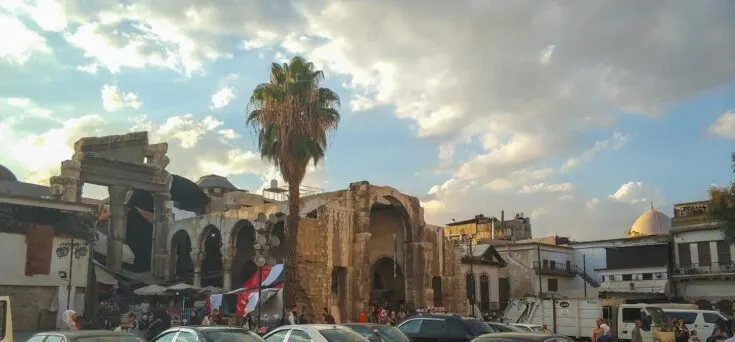
The Al-Hamidiyah Souq is the largest and the central souk in Syria, located inside the old walled city of Damascus next to the Citadel.
The souq is about 600 metres long, and 15 metres wide and is covered by a 10-metre tall metal arch. And the ancient Roman Temple of Jupiter stands 40 feet tall in its entrance.
The Souq al-Hamidiyah is the world’s coolest and oldest markets, covering an enormous stretch of countless shops that sell everything you would ever want.
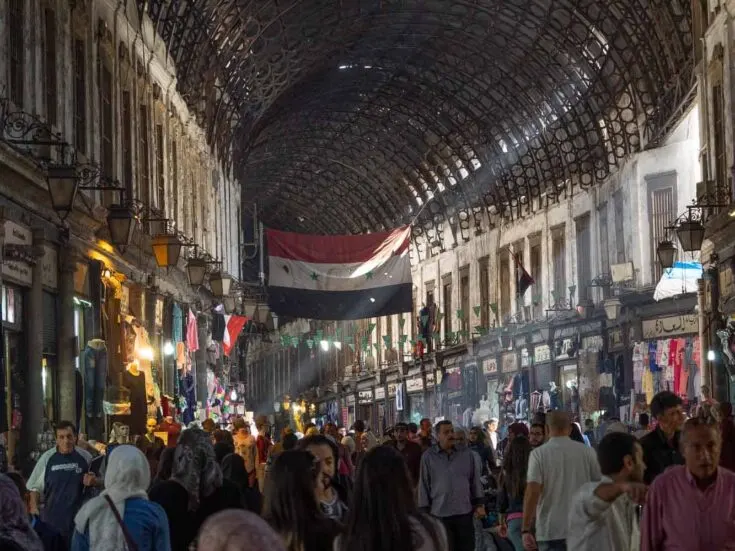
Being here gives you a feeling of going back in time. The ancient stores under a single roof selling clothing, perfumes, spices, textiles, tablecloths and more is an absolute treat for all the senses, but also Damascus steel knives and swords.
The strong smell of cloves and cinnamon, the soft, beautiful silk fabrics, colourful clothes and enchanting odour of perfumes will transport you to another world.
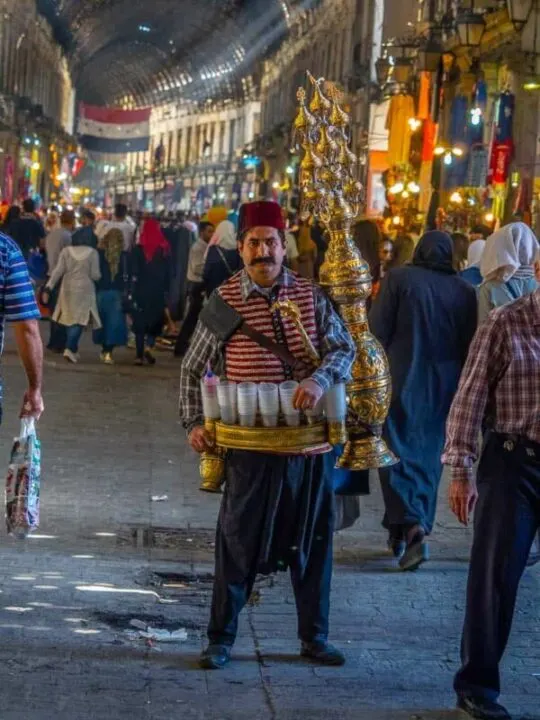
There are many food outlets here that serve tasty local delights. You will be surprised at the bustling burst of life here.
1. Visit The Umayyad Mosque (Great Mosque of Damascus)
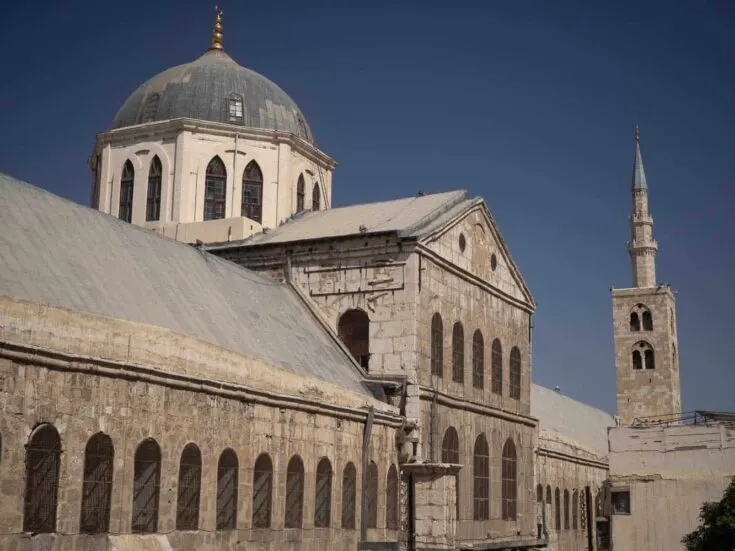
Umayyad Mosque: Also called the great mosque of Damascus, the Umayyad Mosque is one of the oldest and the largest mosques in the world. It´s also the Muslims to be the fourth holiest site in Islam.
Built between AD 705 and 715, the mosque stands on the site of a 1st-century Hellenic temple of Jupiter, which later became a church of St. John the Baptist.
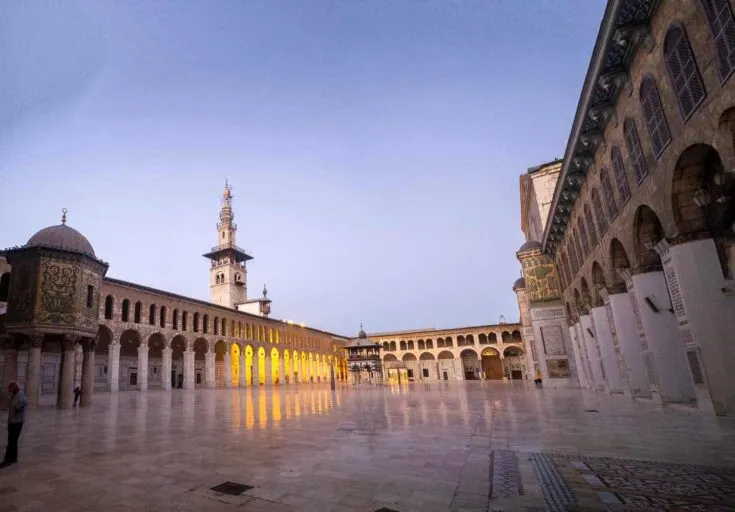
The architecture of the mosque hints about its rich historical past and is one of the most famous places in Damascus.
Marvel at the large open courtyard surrounded by a beautiful arcade of arches. Pray at the beautiful hall of worship, explore the transept with a central octagonal dome and the marble grilles that cover the windows.
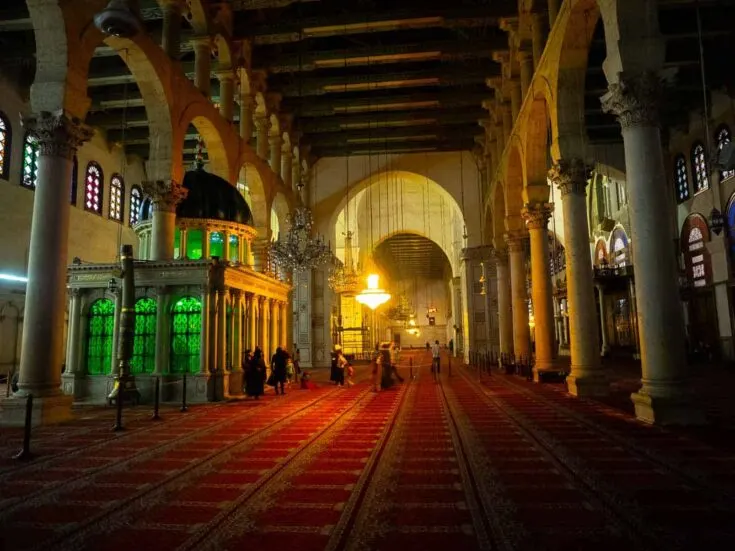
The walls of the mosque were once richly covered with infinite mosaics portraying a fanciful landscape, but only fragments of it survived the damages that were caused throughout history.
Although the Umayyad Mosque lost its original splendour, it is still a stunning architectural monument of Damascus.
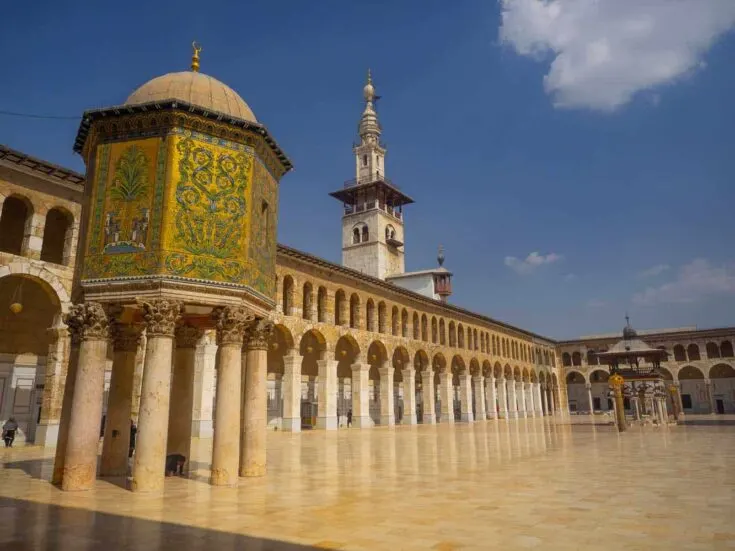

Summary: Top Things to Do in Syria’s Capital City
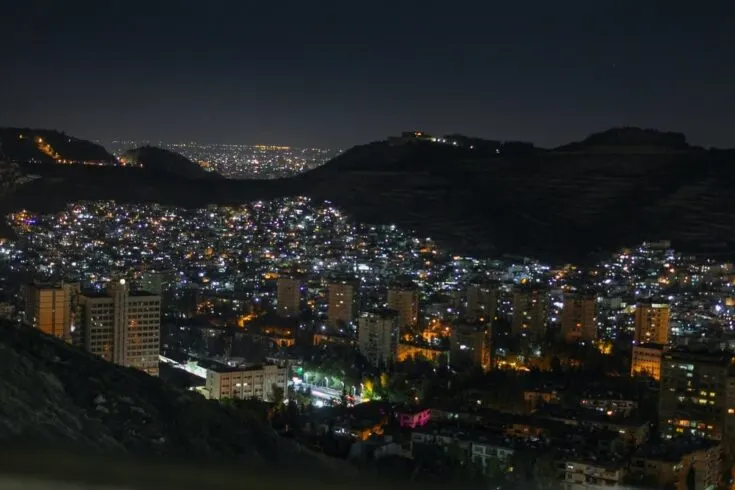
Syria’s capital, Damascus, is a place brimming with history and culture.
From the old Mosques and Churches to the amazing restaurants and nightlife, there is so much to see and do.
In this article, we shared some of our favorite places in Damascus, Syria.
Still, after years of war, Damascus is still one. of the greatest cities in the world.
Now, it is your turn to go and explore the world’s oldest city.

Alexandra vidal
Sunday 16th of August 2020
Thank you for this amazing journey to Syria! How can we get a visa to travel to Damascus?
Christian L.
Monday 17th of August 2020
Hello Alexandra. If you want to visit Syria as a tourist should you read this post https://unusualtraveler.com/traveling-to-syria-everything-you-need-to-know-update-november-2018/ There you will get all the information about how to get the visa etc.